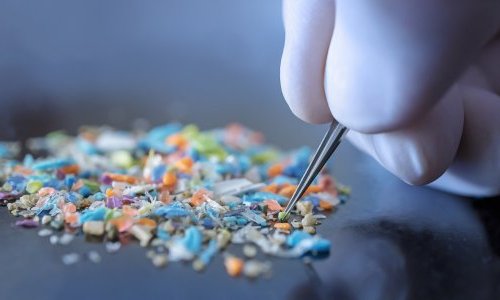On August 30, 2022, the European Commission presented a proposal to amend the REACH Regulation in order to address the proliferation of synthetic polymer microparticles (the so-called “microplastics”). On April 26, 2023, after a lengthy legislative process and heated discussions between member states and consultations with the various stakeholders, the REACH Committee voted in favour of the Commission’s proposal.
The text aims to progressively phase out microplastics of everyday products, like cosmetics, fragrances and home cleaners, as well as of fertilizers, paints and artificial sports turfs. It defines microplastics as solid polymers contained in microparticles or microparticles which have a solid polymer surface coating, and used as a substance on their own or in a mixture in a concentration equal to or greater than 0,01% by weight.
According to the European Commission, the proposed restriction would prevent the release in the environment of about 500,000 tonnes of microplastics, at an estimated total cost up to EUR 19 billion
Implementation deadlines
Despite intense advocacy from NGOs and from some cosmetics makers, the Committee granted several industries transitional periods to implement the ban.
These deadlines range from six years for sports fields and encapsulated fragrances, to five years for detergents and some pesticides, and twelve years for some leave-on makeup products, such as lipsticks and nail polish. Rinse-off cosmetic products will have a four-year transitional period.
However, the text says that “in order to encourage the substitution of synthetic polymer microparticles in make-up, lip and nail ‘leave-on’ cosmetic products before the end of the transitional period,” these products will have to bear a label informing consumers that they contain microplastics, eight years after the entry into force of the regulation.
Before the official adoption of the text, EU Parliament and Council have a three-month scrutiny period, after which the Regulation will enter into force immediately.




























